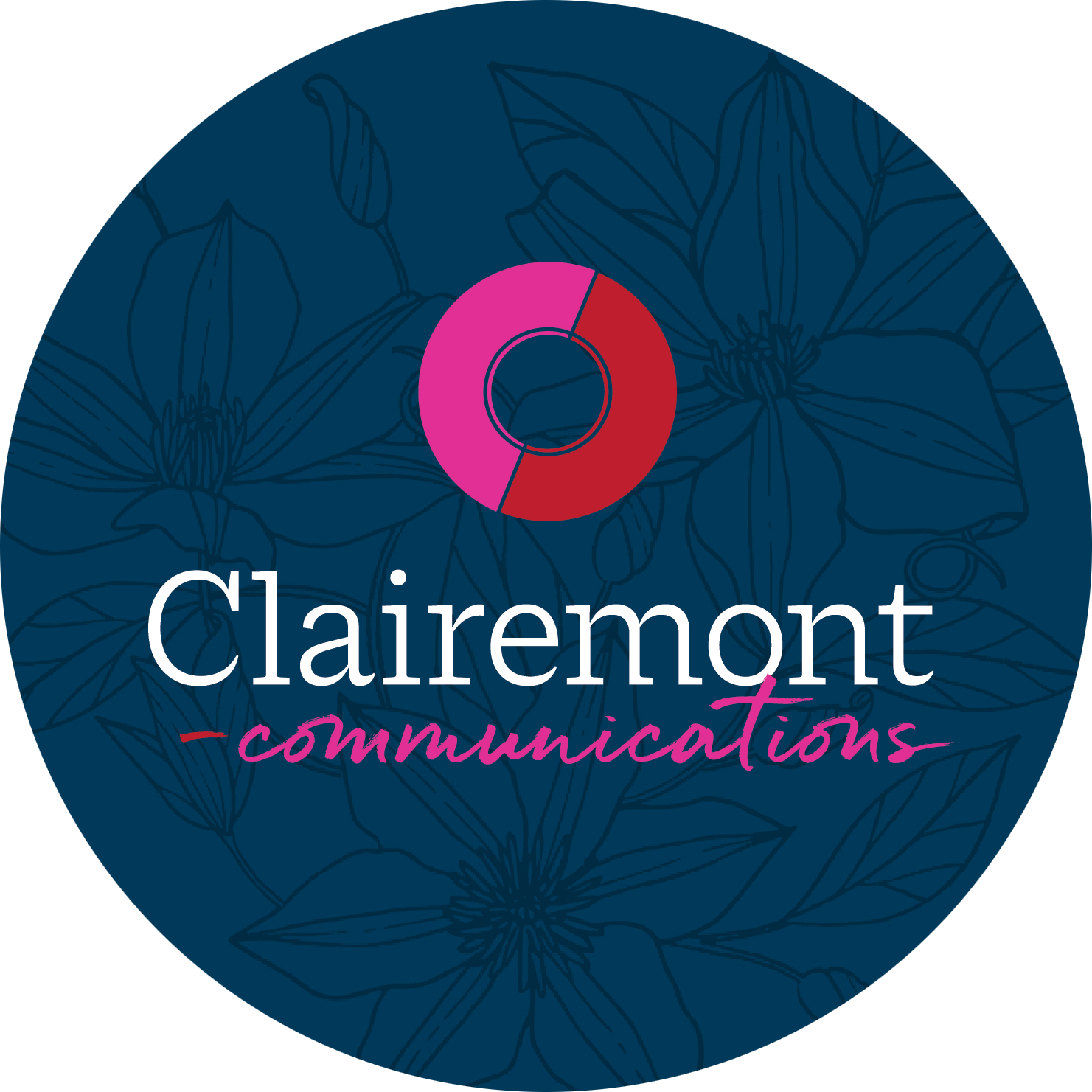Things have changed. Has your marketing strategy followed suit?
The COVID-19 pandemic has left indelible imprints on every sector of life. Social values, beliefs and behavior patterns have evolved as people reevaluated what they truly want and who they trust to partner with them.
As communication professionals, you can no longer rely on the stalwart strategies, formulas and personas that guided your pre-pandemic marketing strategy. Growth won’t spring from a dry well. Instead, it’s time to rediscover your customer base and the most effective means to meet their needs. Things have changed… and so has marketing in a post-COVID world.
Your Audience Demographic Has Changed
Start with the basics and rebuild your audiences’ demographics and psychographics. Granted, many of your trends might remain the same, but according to McKinsey, a surprisingly 36 percent of consumers are experimenting with new products or brands — including yours. One plastic surgery center, for example, noticed a dramatic increase in its male clientele from 10 to 25 percent during the pandemic, spurred by the rise of self-reflection on Zoom. Likewise, has your consumer base shifted to include a new audience segment since 2020? Ensure that you’re precision-targeting active, warm audiences that find value in your product or service.
Your Audience Location Has Changed
While buildings are still standing, brick-and-mortar shopping took a significant hit during COVID, a trend that doesn’t seem to be going anywhere. According to Deloitte, online grocery shopping grew 40 percent year-over-year during the pandemic; Chipotle saw a 134-percent growth on digital orders, and Walmart saw a 79-percent online increase in the latter half of 2020 alone.
The familiar faces in your store have now transformed into IP addresses on your webpage, and with such a migration, companies need to perfect their audience’s online experience. In addition to investing in e-commerce, online chat support and strong SEO, work to increase high-quality touchpoints across multiple channels. Kasaa revealed that 70 percent of consumers use three or more channels when researching a purchase, and nearly 14 percent of consumers shop on social media, according to Deloitte. So if you’ve been waiting to dive into Instagram Reels or TikTok as a nurturing tactic or sales channel, now’s your time.
Also, use this opportunity to snag a bigger piece of the content pie. Create, target and remarket DIY and how-to blogs, videos and podcasts to snag more of your audience’s virtual attention; since they’ll be online anyways, they might as well be reading your content, valuing your expertise and falling in love with your brand!
Your Audience’s Motivation Has Changed
At first, virtual shopping increased out of necessity and safety, and 75 percent of U.S. consumers changed their purchasing behaviors. Now, nearly two years later, people have grown accustomed to the ease and speed of online shopping, making accessibility the leading motivation for buying, according to McKinsey. The bronze and silver medals for purchase drivers were safety and value; people put a premium on health and hygiene along stretching each dollar further amidst an unpredictable economic climate.
Audit your connection points. Are you readily offering the products or experience you promise? If products are backlogged, slow or unavailable, audiences will look elsewhere. Under-gird your messages with transparency, showing your company’s commitment to safety, health and social responsibility. Ensure you are offering strong value and highlighting the quality that the consumer gains from your brand.
Now what?
Dig into your data. Pore over the items you already have in place (Google Analytics or purchasing records, for example) and launch data collection methods to garner new insights:
- Interview customers in-person or over the phone with open-ended questions.
- Provide concise surveys via email to recent buyers or conduct web exit surveys when a consumer leaves. (Use quick, single pop-up questions on this one.)
- Carve out a strategy for meticulous social listening; through basic grounded theory research, you can mine a wealth of information from your social media comments and online reviews.
- Interview your front-line personnel regarding their customer interactions.
- Track the customer’s digital journey using Google Analytics.
And…
Partner with an expert.
We’re here, and we’re adept at helping you craft a PR, marketing communications and social media strategy to reach these ready-and-waiting audiences. Ready to tackle the next steps in your growth?

